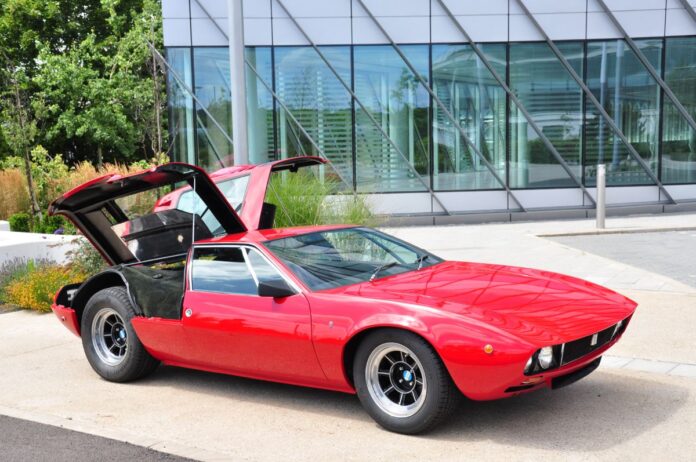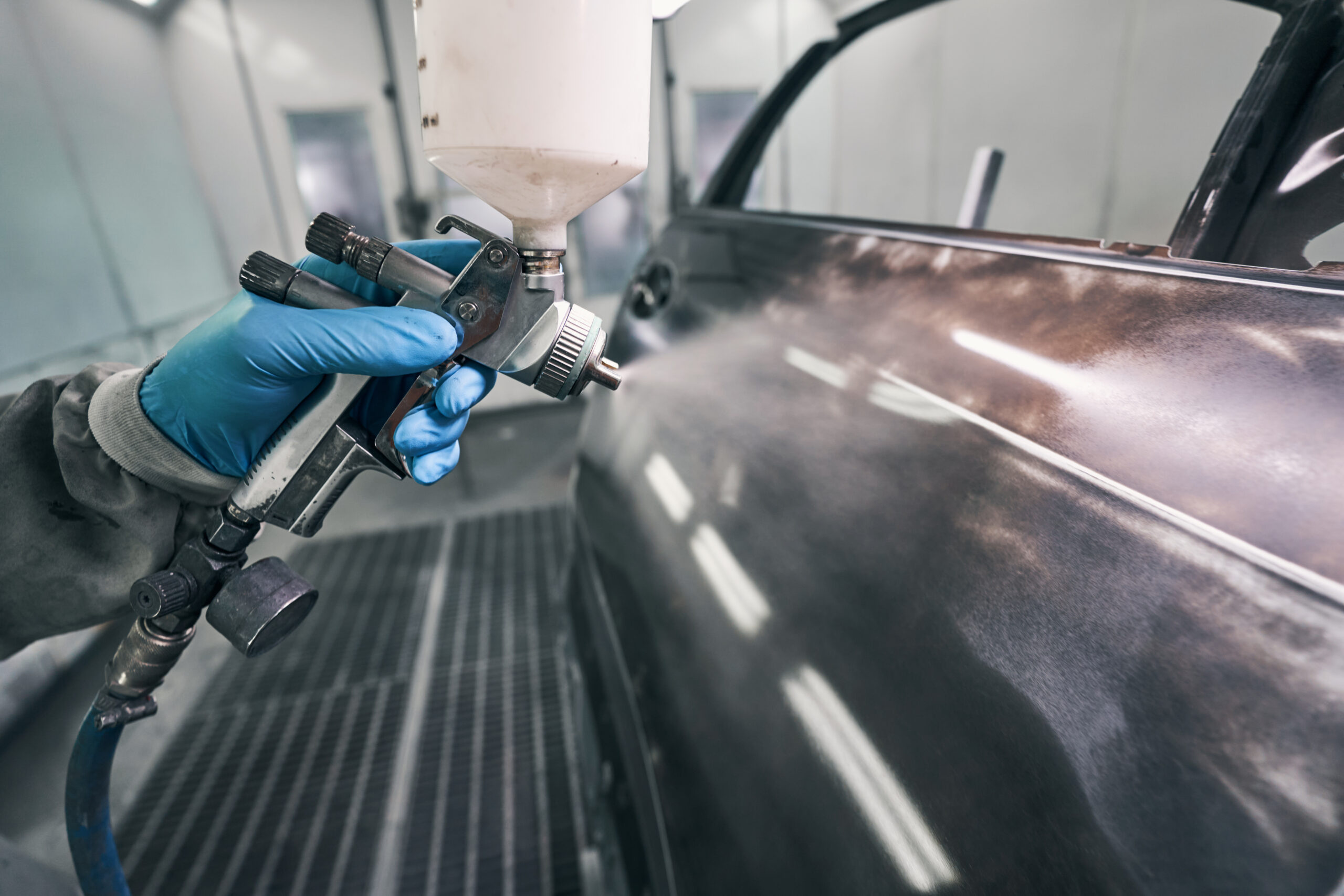Often one hears as one cruises around shows the mantra ‘not like the modern rubbish’, usually when talking about electrikery. For those fortunate to own a vehicle from the turn of the last century through to the 1960s, electronics were rare. The first mass market applications were the ignition system for petrol engines though to the ‘wireless’.
However, think back 40 years ago. By this time electronic fuel injection was becoming more common, along with electronic control of carburettors and automatic transmissions. The ‘wireless’ had evolved into a multi-CD player with multiple speakers to try and remove the paint from surrounding panels (see ‘Young People’).
When – not if – such controllers fail, there is no Plan B. Spares are rare, and un-used assemblies almost impossible to find. There is a growing army of specialist companies that can either repair or effectively re-manufacture modules, but this tends to be for more common vehicles. Unlike trim parts which can have replicas made by ‘3D printing’, or for the better off, by hand form the material of choice, there is no such solution for electronic control modules.
Those who run vehicles in the gap between a vehicle being seen as a ‘old banger’ to becoming a ‘classic’ know all too well what a perilous situation this is. As the classis car movement gathers pace, so that army of specialists will grow and hopefully reduce the chance of an otherwise intact vehicle being broken for spare because one critical control module has failed and cannot be replaced.
For those who are tempted to be just ahead of the curve, who may be interested in investing, for example, in a Japanese classic from the 1980s it makes sense to buy two vehicles in order to keep at least one running – as long as the vehicle prices are rock-bottom.
This situation is as nothing compared to new models on sale today. Unless the classic car market evolves strongly as I suggest, lots and lots of vehicles from now will reach their 20th anniversary – or sooner- only to be scrapped. The number of control modules has exploded, so that today’s inexpensive car has more electronic modules than a luxury vehicle from just two decades ago.
Buy two cars, get one to use.




